
By Mark McConville
INCREDIBLE images have recalled a time before EU fishing quotas when Britain’s fishing industry thrived as UK ladies rolled up their sleeves to sort and gut the catch of the day.
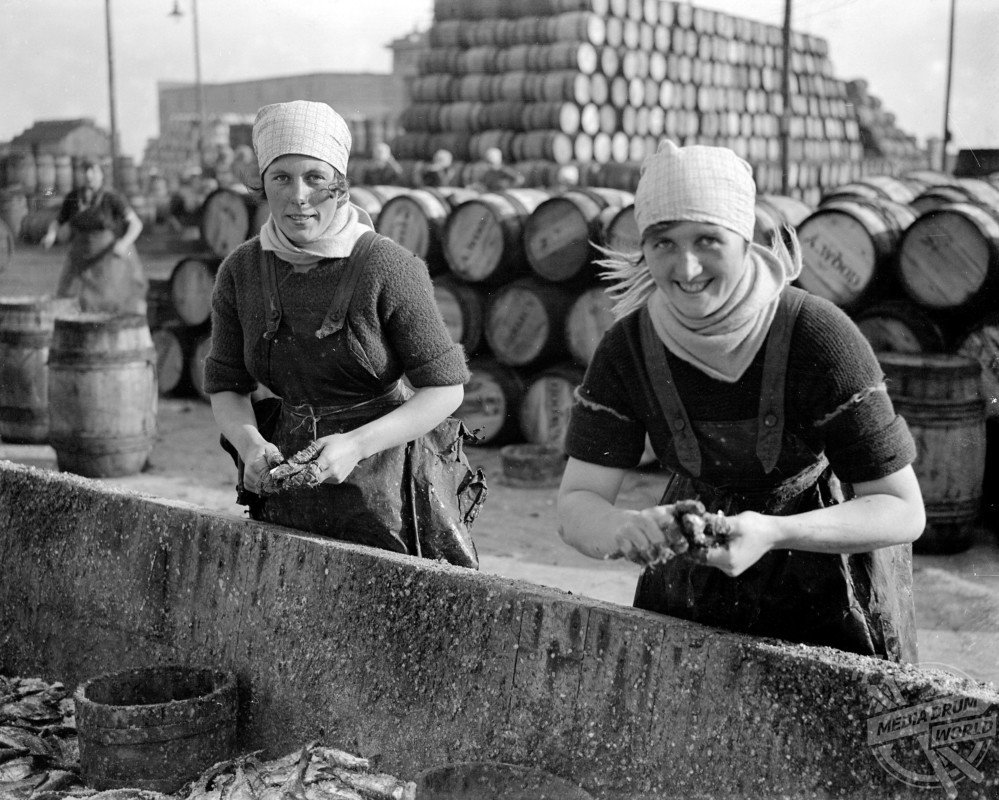
TopFoto / Retronaut / mediadrumimages.com
The stunning pictures from the 1920s, as revealed by the website Retronaut, show ‘Herring Girls’ gutting and processing the herring fish that had been caught.
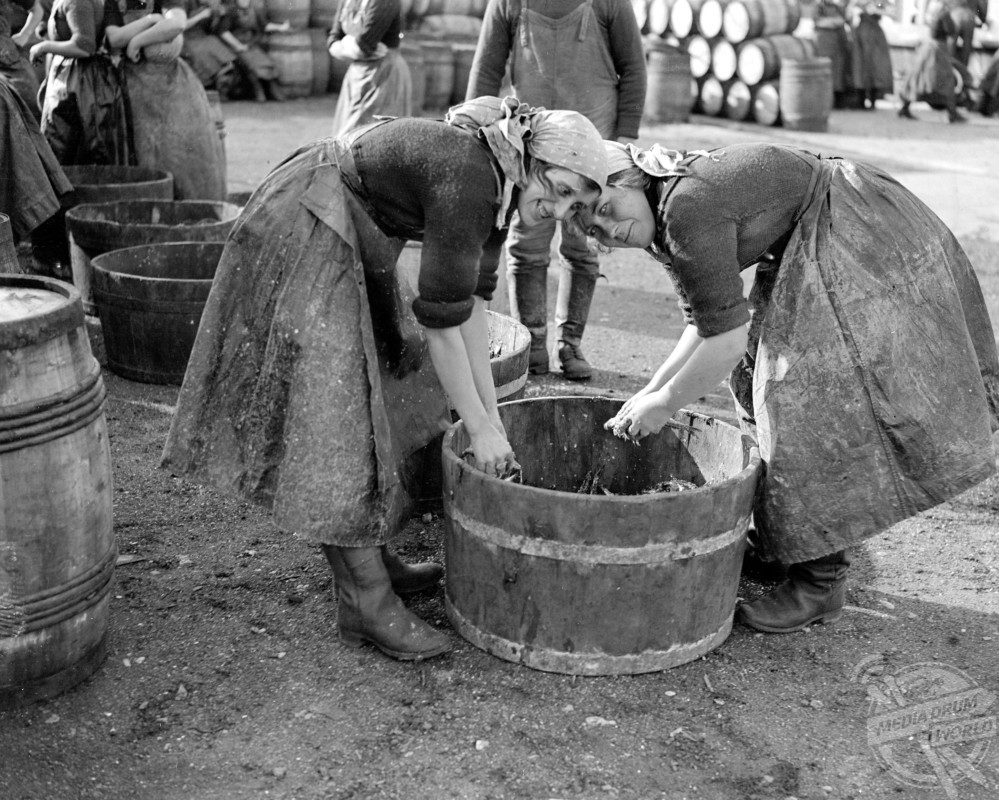
TopFoto / Retronaut / mediadrumimages.com
Other striking shots show men unloading their hauls from the steam drifters, fish being packed into salt barrels and the Herring Fishing fleet moored in harbour at Great Yarmouth, Norfolk, England.
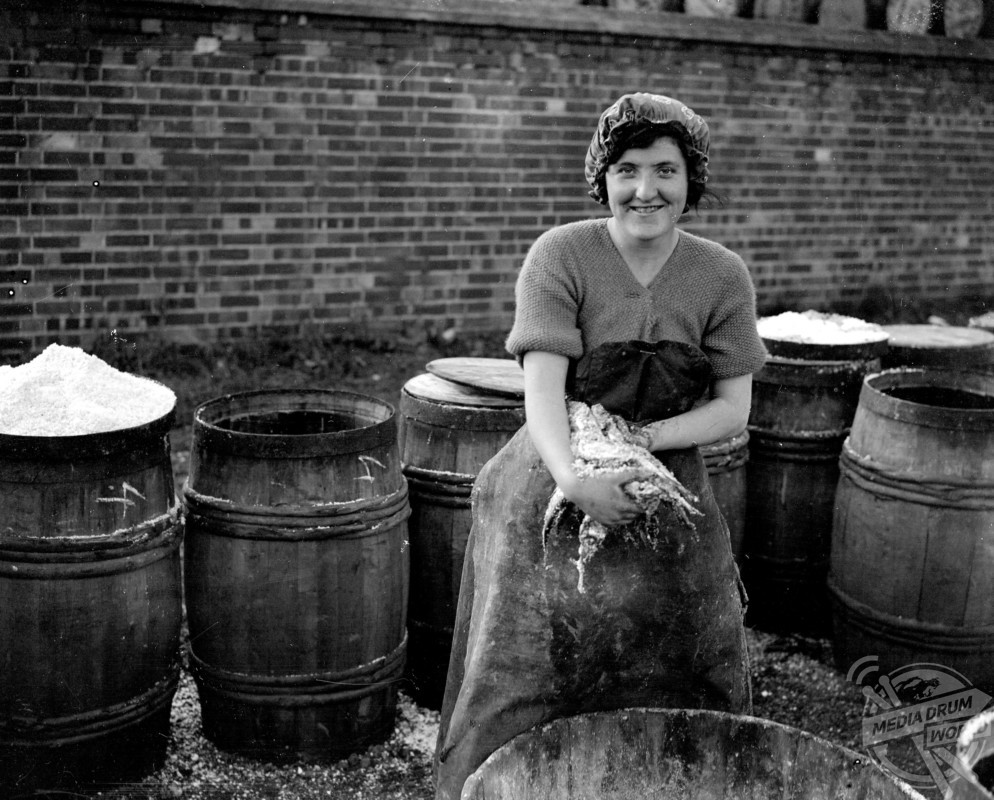
TopFoto / Retronaut / mediadrumimages.com
Every year in the autumn vast shoals of herring came to feed about 30 miles off the coast of Britain at Great Yarmouth. They sustained a thriving fishing industry, boats, processors and packers arrived to take advantage of this bounty.
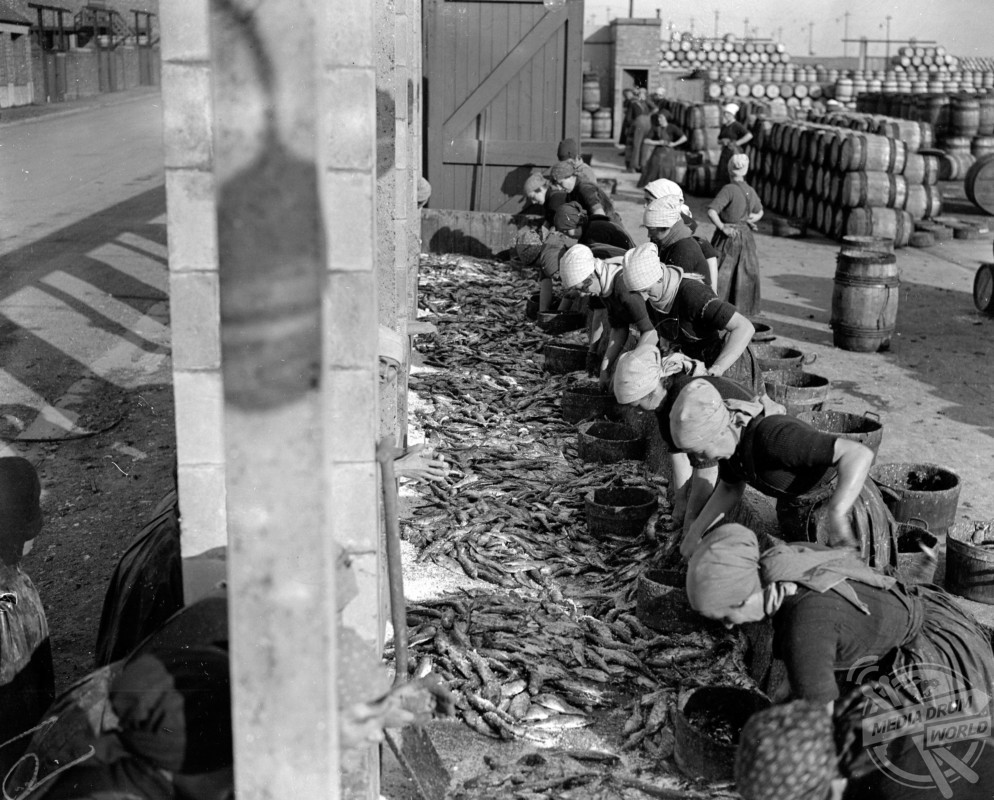
The herring were processed by ‘Herring Girls’. Many of whom came from the highlands of Scotland and the Hebridean islands. There was very little work there and the girls looked forward to the chance to earn some money and to travel.
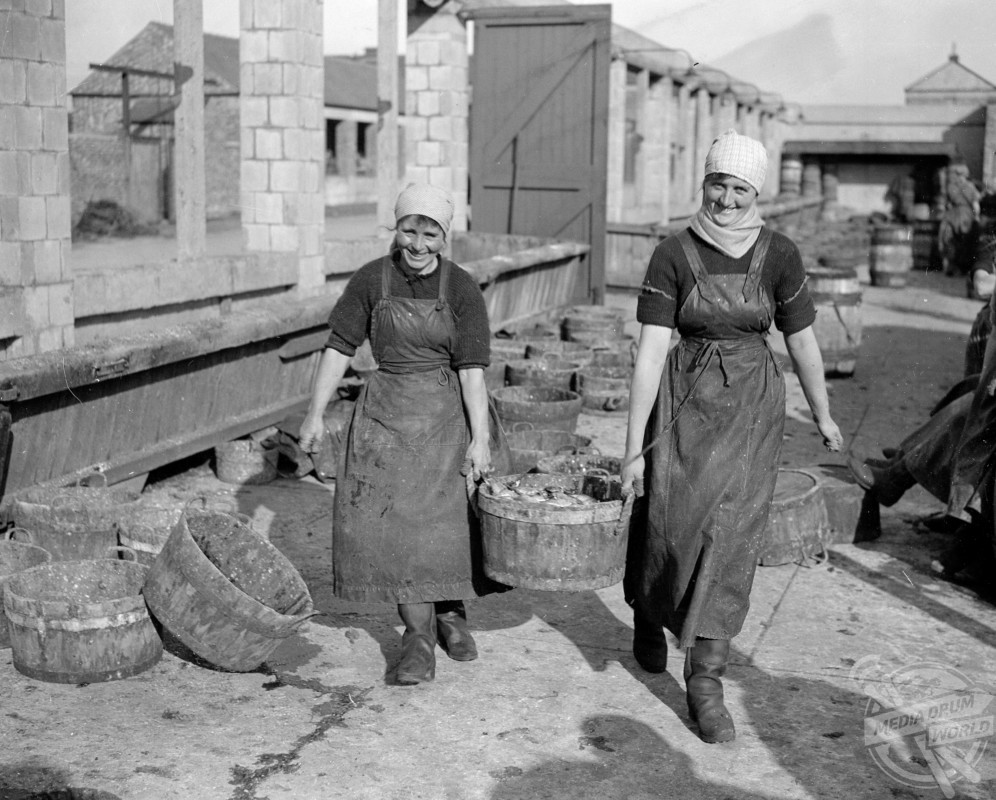
TopFoto / Retronaut / mediadrumimages.com
They worked in teams of gutters and packers, who packed the gutted herring in barrels with salt to preserve them.
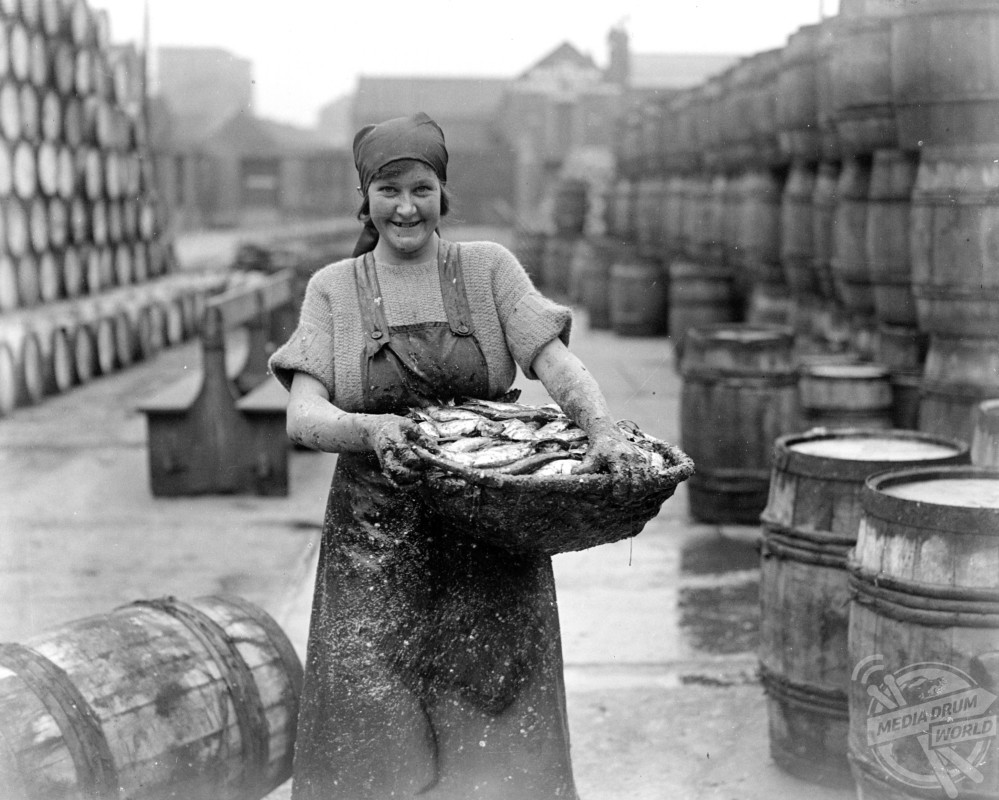
TopFoto / Retronaut / mediadrumimages.com
They lived on huts or had lodgings, often overcrowded. The working day started early and it was a hard and sometimes dangerous occupation. The girls had to bind their fingers to prevent them being cut by the very sharp knives they used.
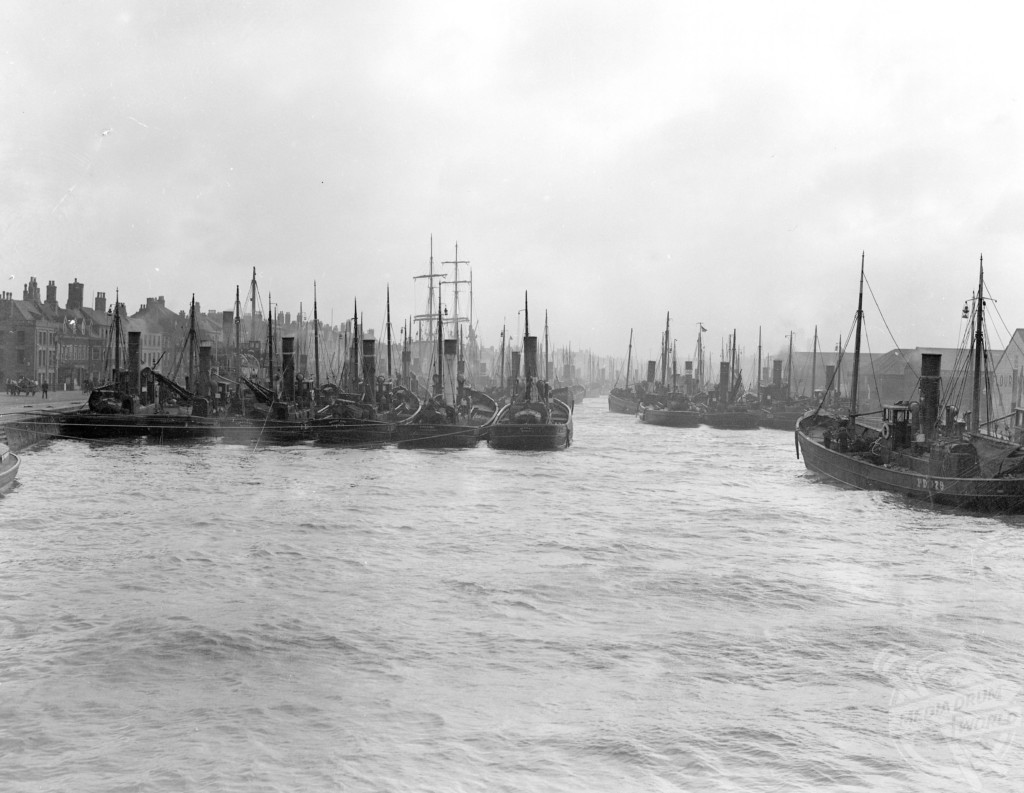
TopFoto / Retronaut / mediadrumimages.com
Salt could get in a cut and make it very painful. If a cut got infected it could mean time off work, sometimes the girl would have to go home. It was before the era of antibiotics.
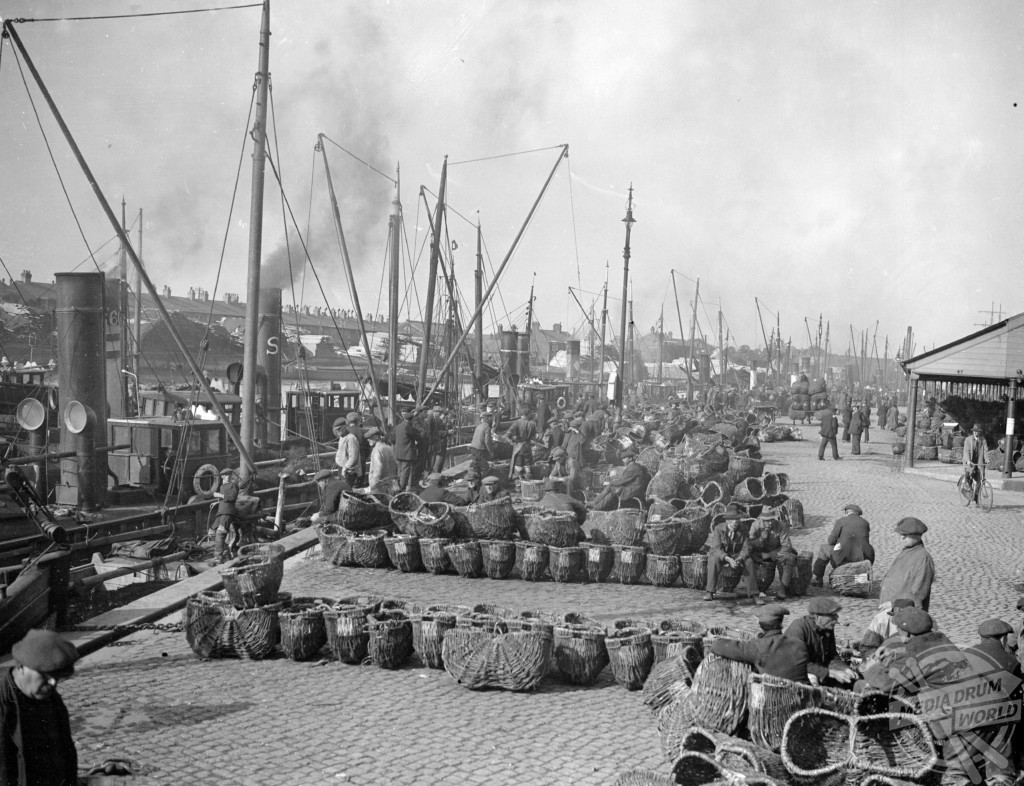
TopFoto / Retronaut / mediadrumimages.com
There were compensations in the friendships the girls made and the Saturday night dances when the boats were in the harbour and the crews ashore.
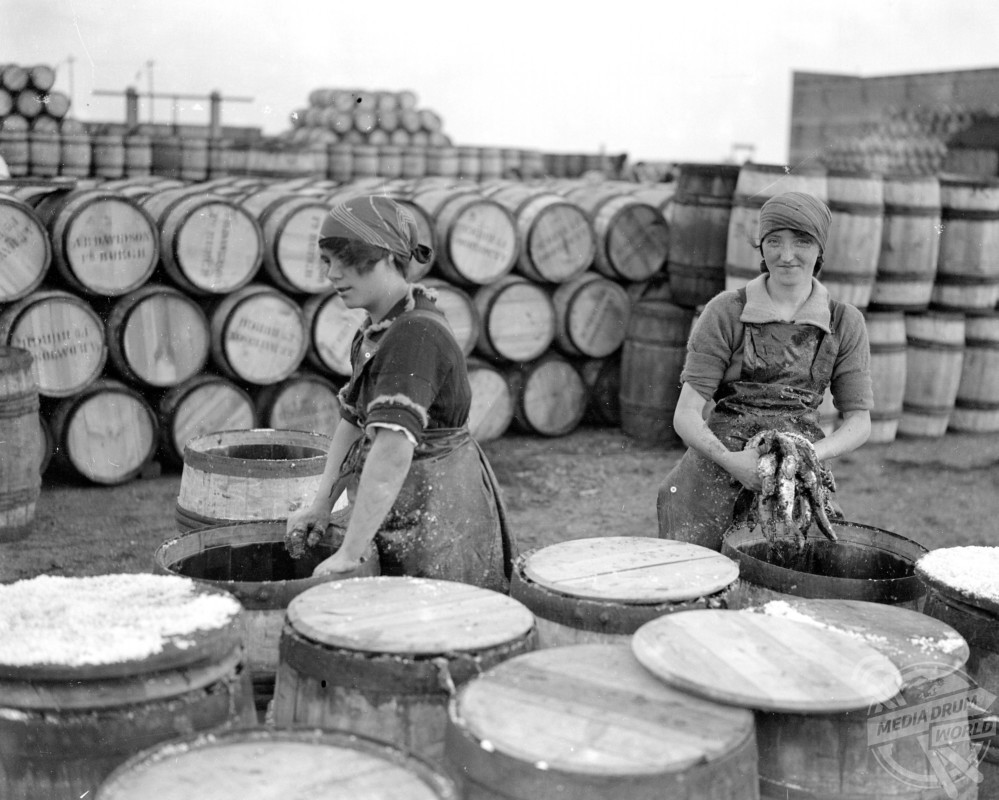
TopFoto / Retronaut / mediadrumimages.com
The industry struggled after World War One with the loss of European markets, later a change in consumer habits and over fishing contributed to its decline. In the 1950s it effectively died out.





